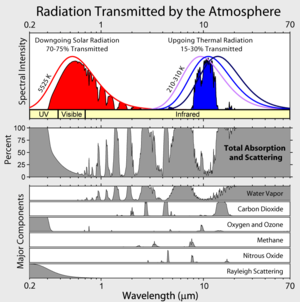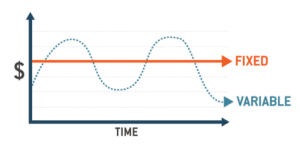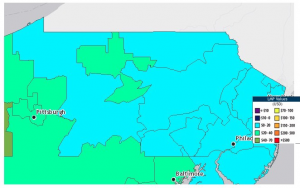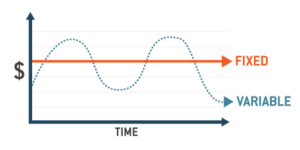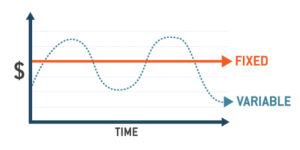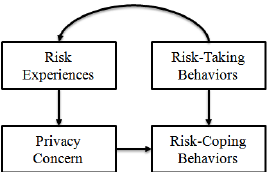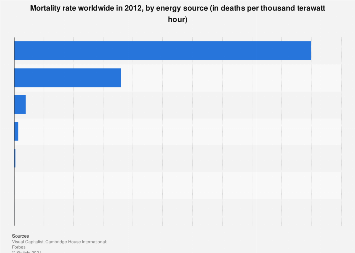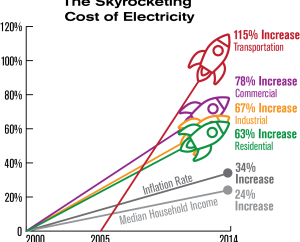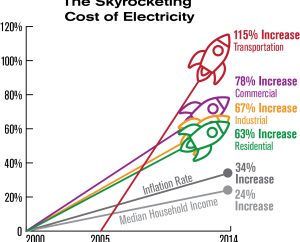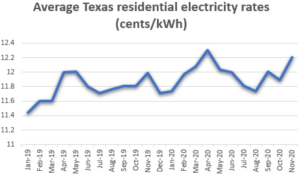All that said, with regards to working with the YouTube calculation, recall that the calculation follows the crowd. On the off chance that you as of now have a youtube likes advertising plan set up, these tips will assist you with developing your channel’s effect on your watchers.
Do your keyword research :

There’s no person sitting at YouTube central command watching your video and positioning it. All things being equal, the calculation views your metadata as it chooses what’s going on with the video, which recordings or classes it’s identified with, and who should watch it.
With regards to portraying your video for the calculation, you need to utilize precise, brief language that individuals are as of now utilizing when they search. Since YouTube is an internet searcher however much that a video stage, you can direct your catchphrase research similarly you would for a blog entry or web duplicate: utilizing free instruments like Google Adwords or SEMrush.
Make it inconceivable for individuals to oppose tapping on your thumbnail :
“Allure” is the word YouTube uses to depict how a video tempts an individual to face a challenge and watch something new. To augment your video’s allure:
- Transfer a custom thumbnail and keep the visual style reliable across the entirety of your thumbnails
- Compose a fascinating, infectious title—the caring you can’t tap on
- Recall the main sentence or whereabouts of the portrayal will appear in search, so make it fascinating and significant.
- Keep individuals watching your video and every
